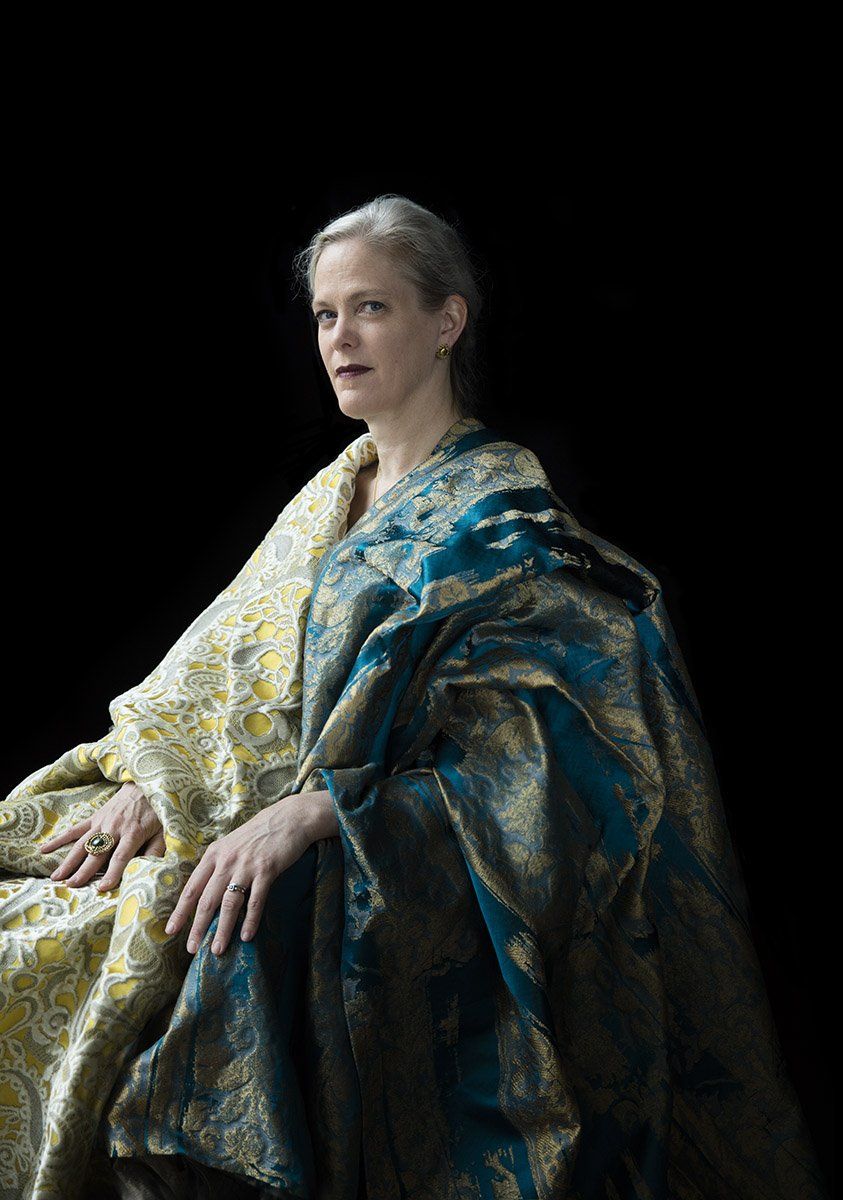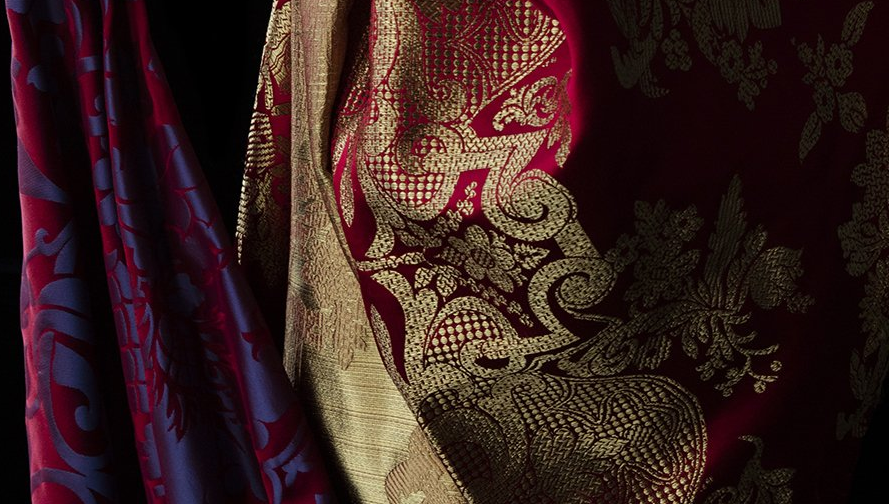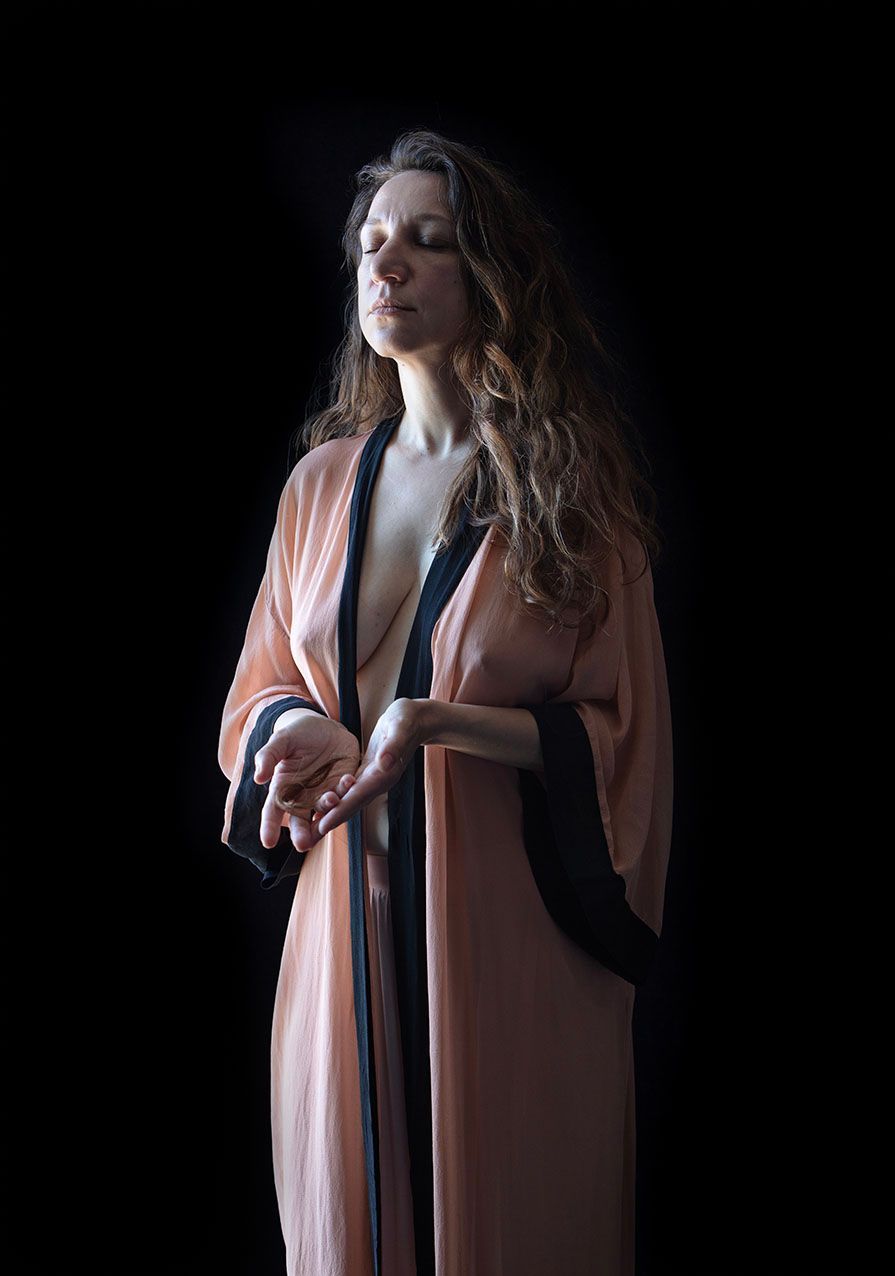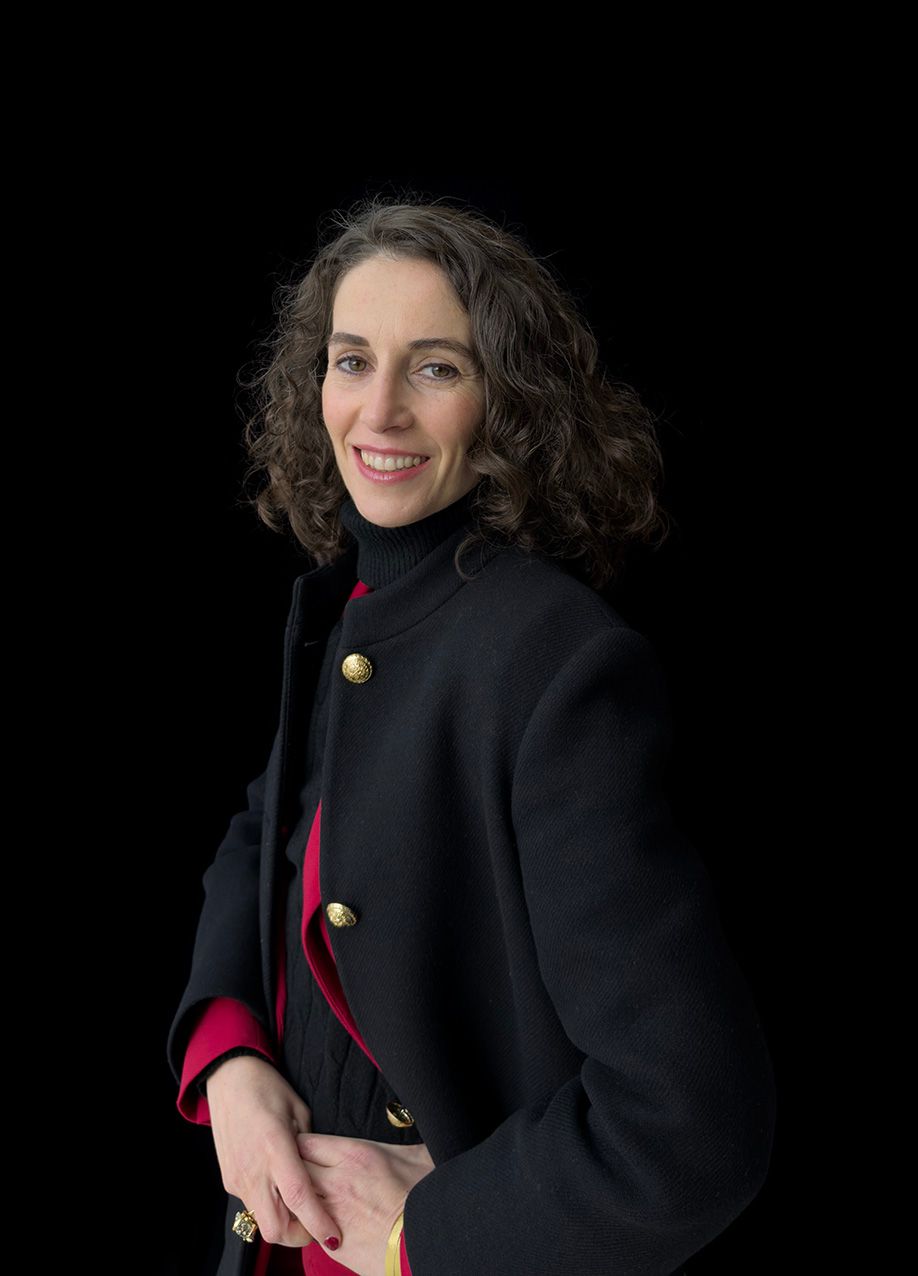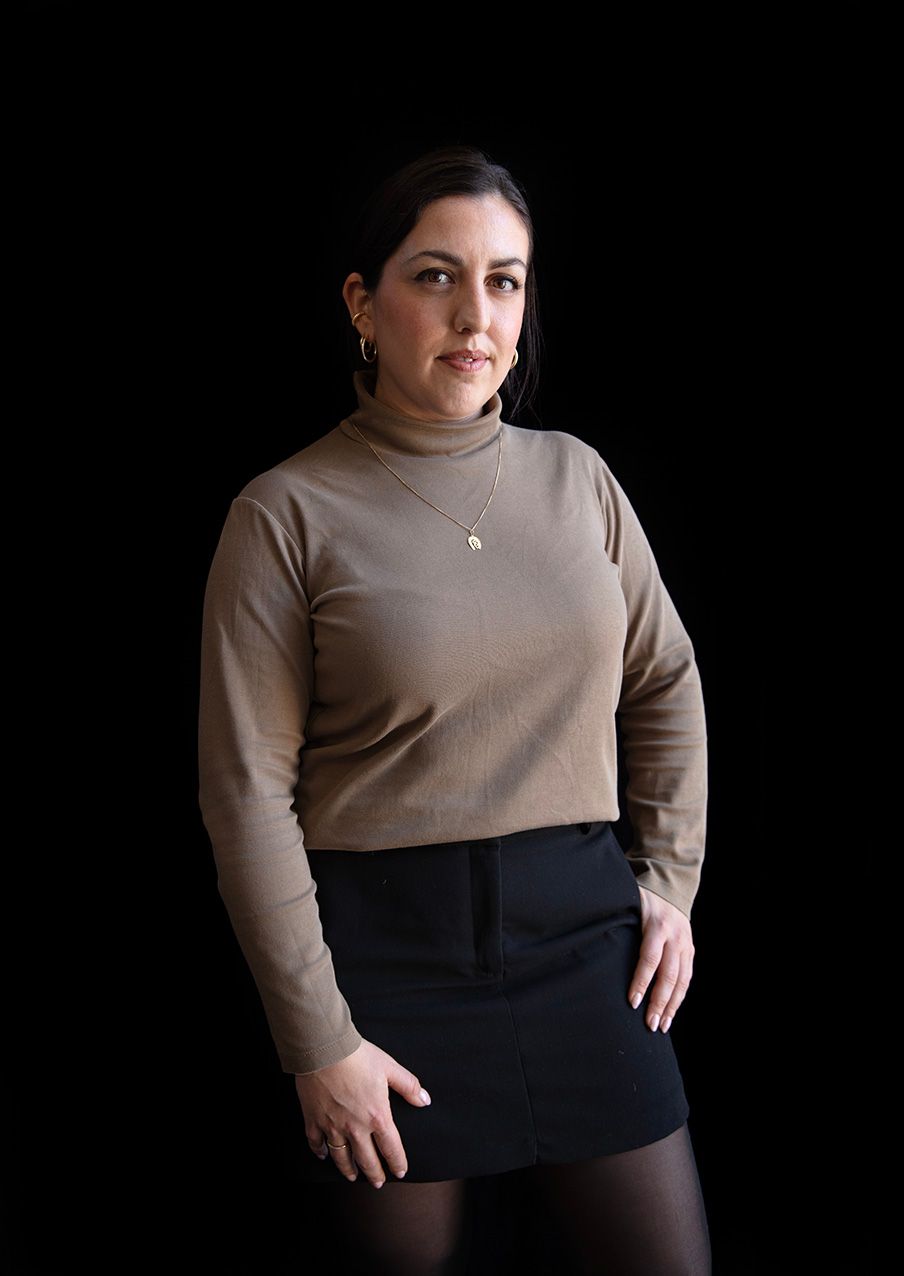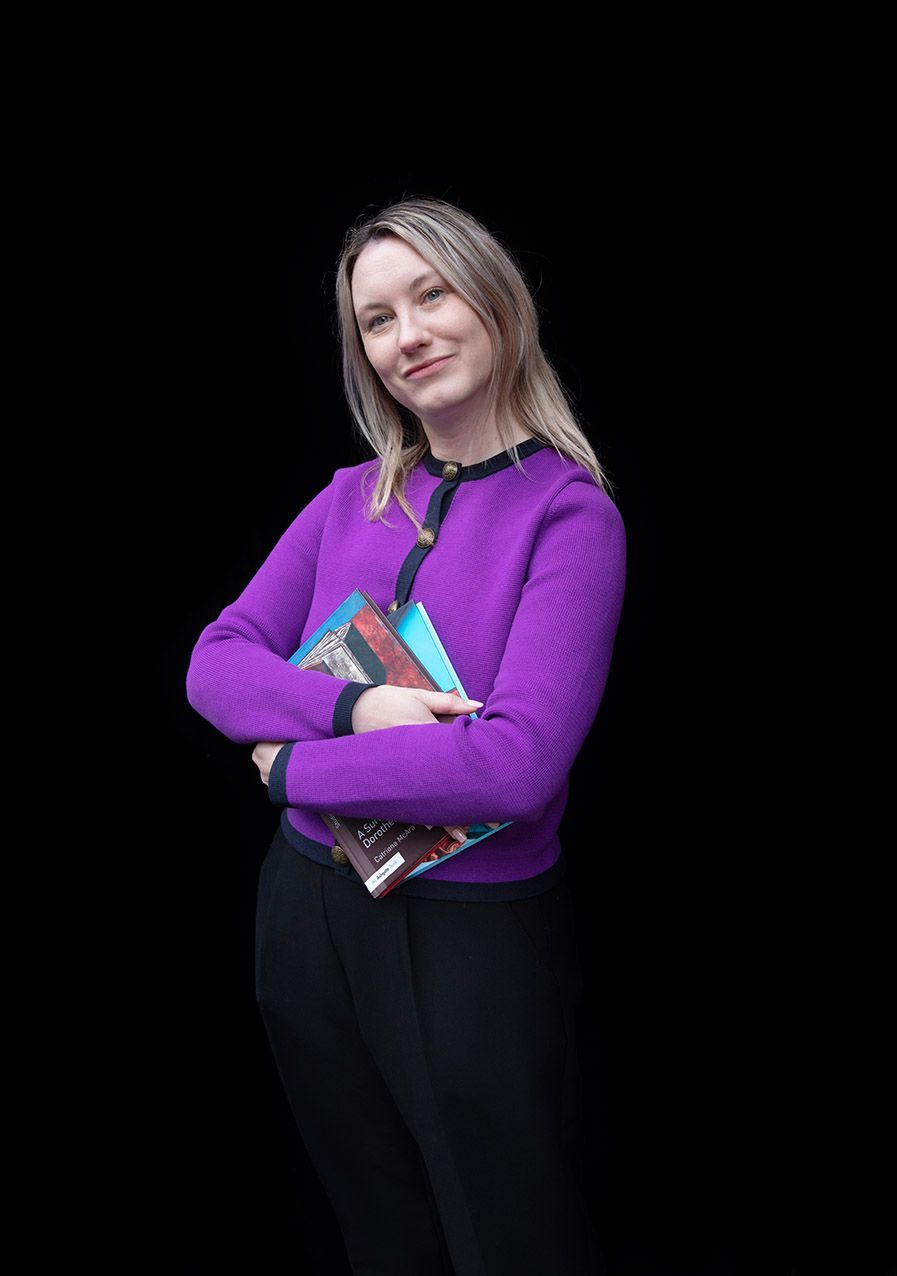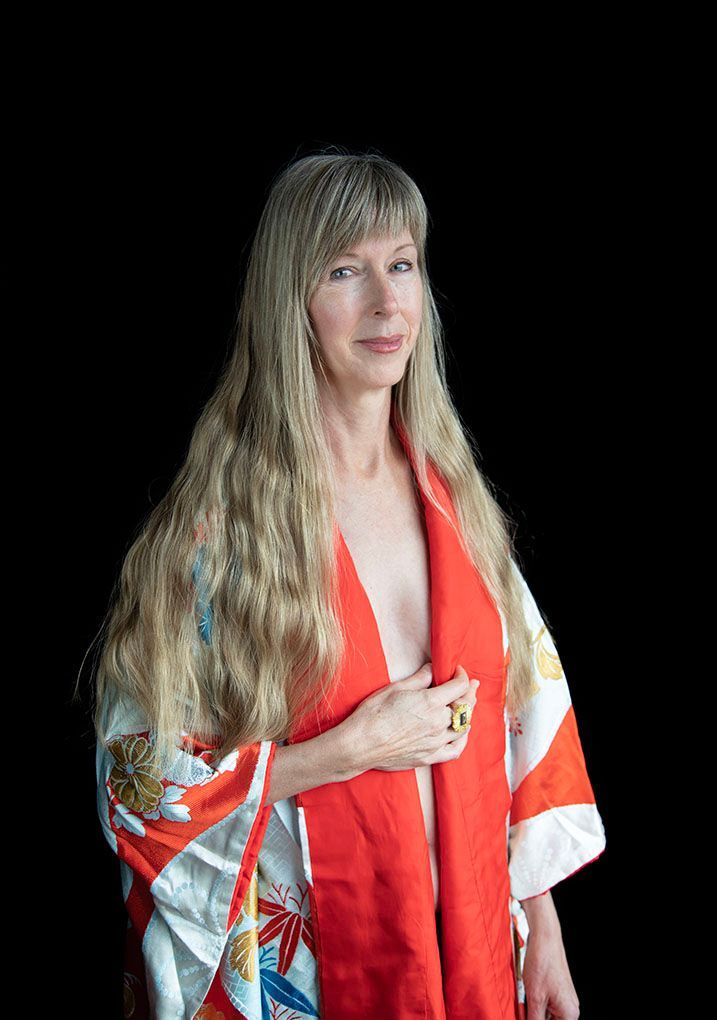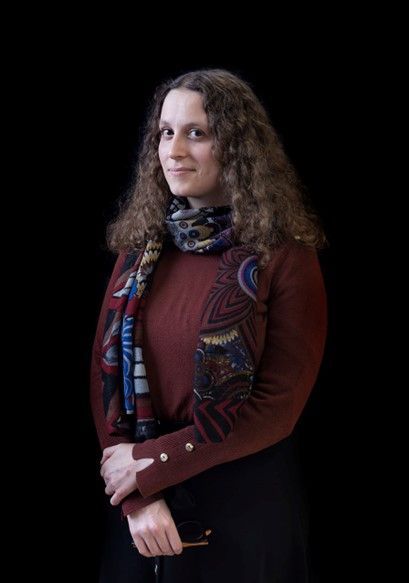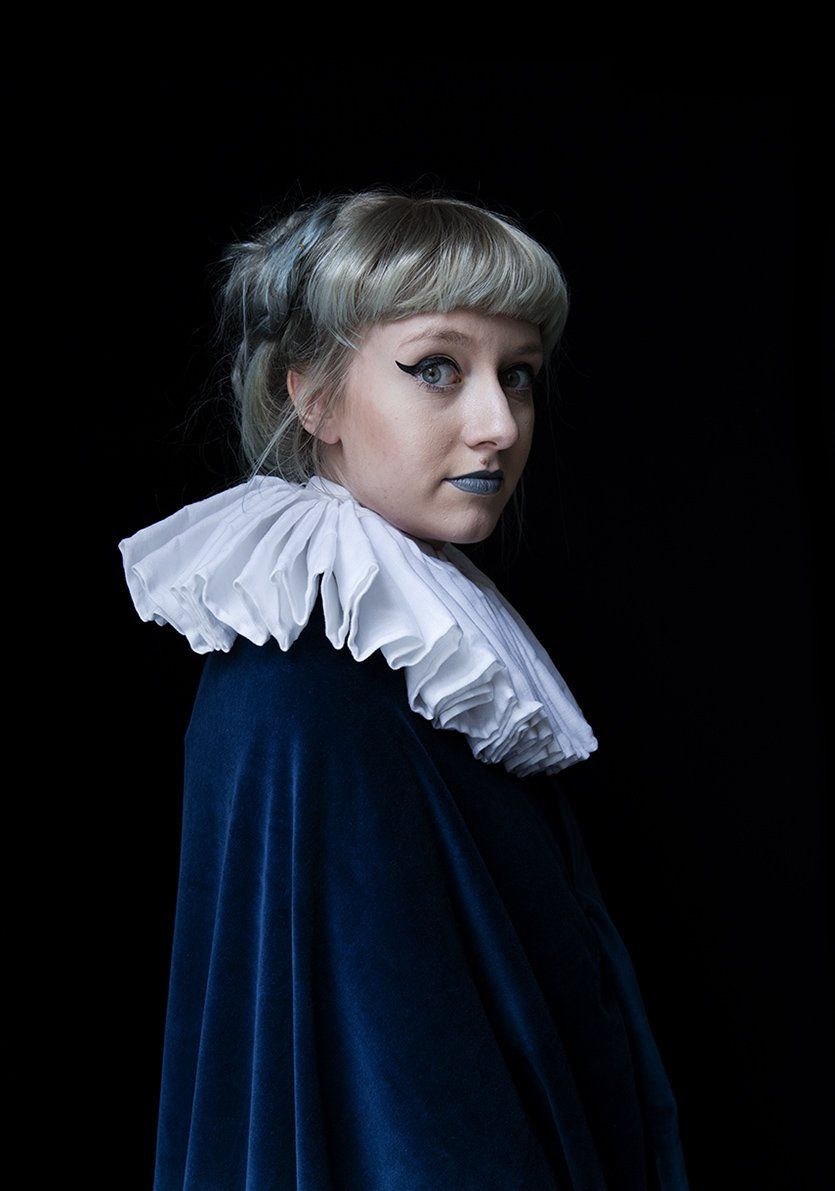Female Voices in Art: Lidewij de Koekkoek, General Director of the Rembrandt House Museum
"In museums and cultural institutions there is a very healthy invasion of talented and strong women specialists and leaders, especially in The Netherlands. It does diffuse my outlook, I tend to forget that the outside world is not as women friendly. So, there is still a world to win, not only in art."

Lidewij de Koekkoek (b. 1963, Amsterdam, The Netherlands) studied art history at Leiden University in The Netherlands. After a start in contemporary art and architecture, she ventured into the field of heritage. In 2008 she was appointed director of the Alkmaar City Museum. Under her leadership, the Alkmaar museum was privatized, rebuilt and refurbished and now the museum profiles itself primarily with old and modern art. In the fall of 2016, Lidewij became General Director of the Rembrandt House Museum in Amsterdam.
Could you tell us something about your role in the art world?
I have an enormous drive to get people, young and old, of all backgrounds, excited and involved in art, architecture and heritage. I suppose this missionary role defines my role in the Art World. Though my career could be characterized as quite ‘criss-cross’, this drive is at the core of what I do and hope to contribute to society and the Art World.
What did you enjoy about being a part of this project?
Carla had an exhibition of a special series she made for the Rembrandt House Museum in 2016. When I was approached for the directorship of the museum, in the summer of 2016, her work really stood out. I loved discovering Carla’s distinct work. So when she asked me to be part of this project, I felt really honoured. The afternoon spent at Carla’s studio was great fun. I love the reclining portrait that captures Millais’ Ophelia. I see it as a memento mori portrait of a woman of a certain age and wisdom. Though for me, every day is more carpe diem !
Do you have a favourite artist?
Well, of course Rembrandt, but also many, many others. His contemporaries like Gerrit Berckheyde, Jan Van der Heyden, Jan Vermeer. But also earlier artists like Rogier van der Weyden, Petrus Christus, Memling, Holbein. I love portraiture, landscapes, still lives. I started my career however, in contemporary art and architecture. I love the classics Anish Kapoor, Mark Rothko, Bruce Nauman. I’m an omnivore when it comes to art, don’t ask me to choose!
What is your earliest memory involving art?
Well, visiting museums, churches and castles with my parents when on holiday in Italy. But even earlier, at my grandfather’s home: a small house in Amsterdam filled with late 19th century Dutch art and furniture. And at a very early age, I loved to look through my father’s art books. I could hardly lift the heavy volumes on Van Gogh, Rembrandt and Vermeer, but my love of art must have started then.
Do you have any special thoughts about the position of women in the art world?
I remember in the early eighties reading Germaine Greer’s ‘The Obstacle Race: The Fortunes of Women Painters and Their Work’ and feeling such anger and frustration. It’s good to see that there is finally a bit more interest in women artists. In museums and cultural institutions there is a very healthy invasion of talented and strong women specialists and leaders, especially in The Netherlands. It does diffuse my outlook, I tend to forget that the outside world is not as women friendly. So, there is still a world to win, not only in art.
What are you wearing, and is there a story behind it?
The young Dutch fashion designer Edwin Oudshoorn is a true craftsman with a keen interest in the history of fashion and art. He has presented his collections in many museums. I worked with him in the exhibition on the 17th century Dutch classicist painter Caesar van Everdingen at the Stedelijk Museum Alkmaar. I find his work mesmerising , and so befitting the historical ambiance of my work at the Rembrandt House Museum.
What impact has the current health crisis on your daily practice?
The Rembrandt House Museum reopened early June, and we are very happy to be welcoming visitors again. Especially because we were able to extend our current exhibition (Black in Rembrandts Time), an important project that is even more relevant and urgent at the moment and is attracting a lot of attention.
Is it changing your views on Art?
Our financial situation is of course quite worrisome. It’s all hands on deck to overcome shortages and prepare the museum for a future that will be fundamentally different for the coming years. Less foreign visitors, less income, new efforts needed to attract more domestic and Amsterdam visitors, an adapted programming that is more local and community oriented. Most expensive loan exhibitions have been put on hold for the time being.
Are you creating new initiatives and ways of working?
I do find this to be very interesting times. The whole perspective is changing, and calls in part for a redefinition of not only our museum, but many cultural institutions. Museums in Amsterdam have been particularly hard hit, our (financial) success is in large part due to the many foreign visitors. With us, 75% of our visitors come from abroad. Many parameters will be different in the comings years, not only for our revenue model, but also for our role in society. A big challenge that requires an open and creative approach.
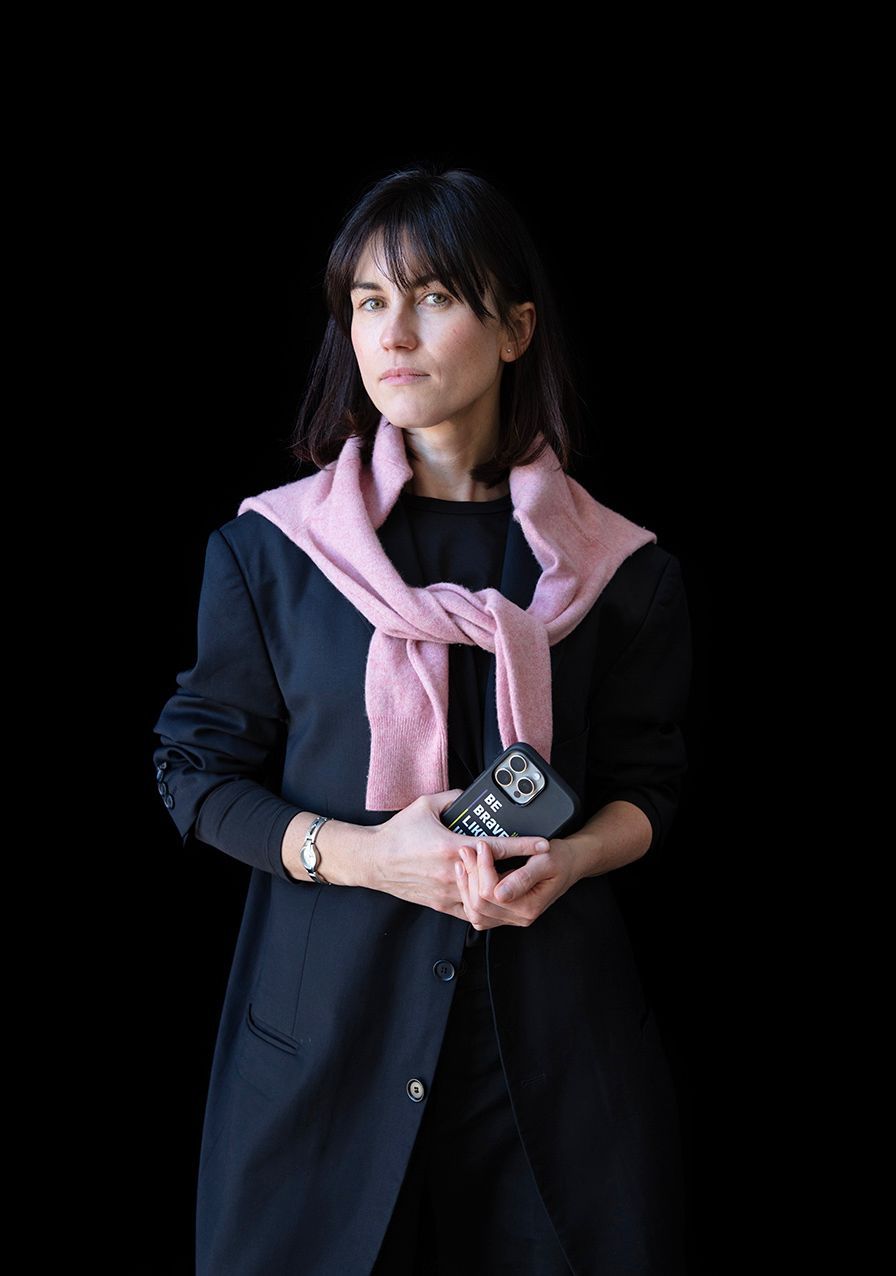
Female Voices in Art: Interview with Mariana Varchuk, Curator Khanenko National Museum of Arts, Kyiv
